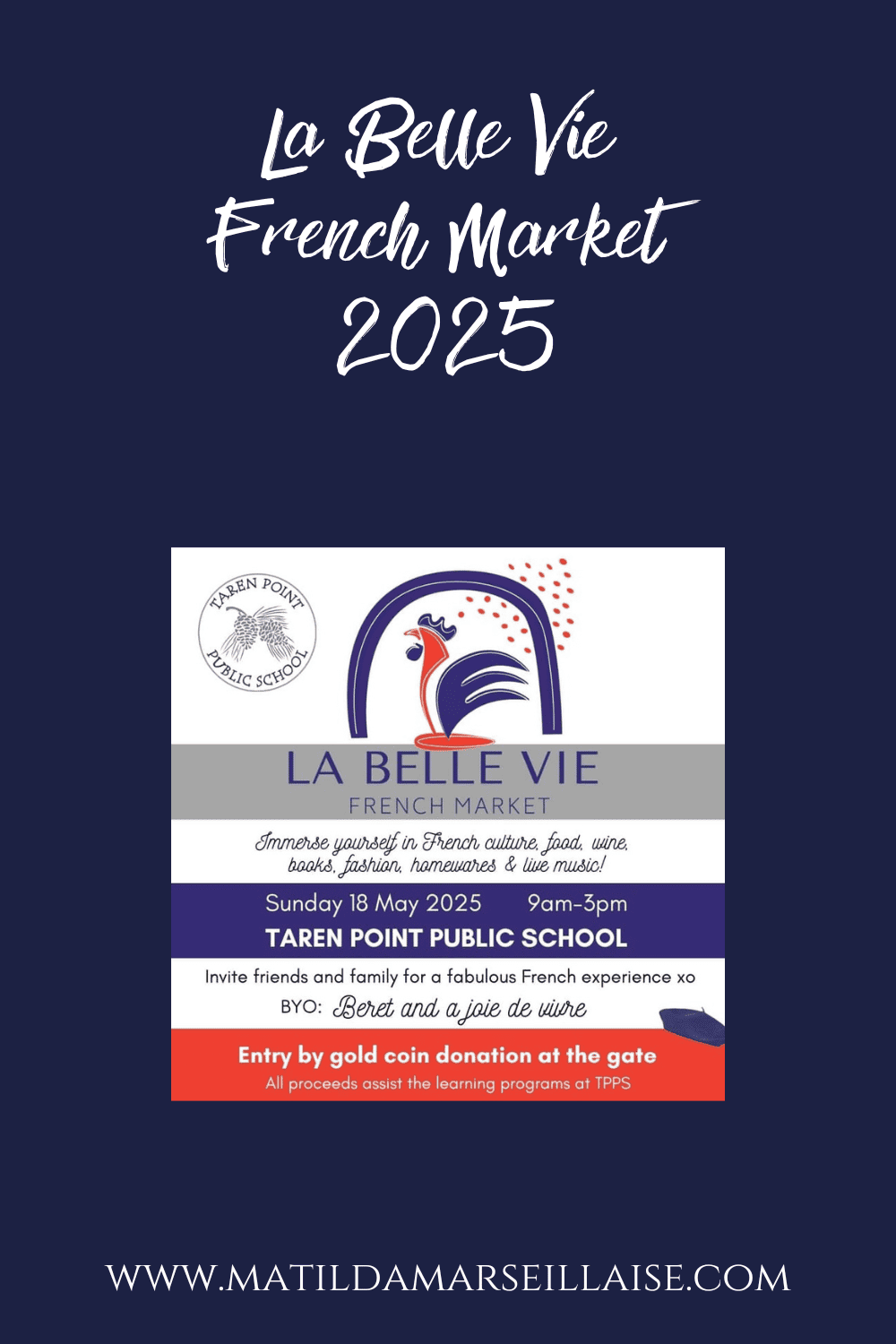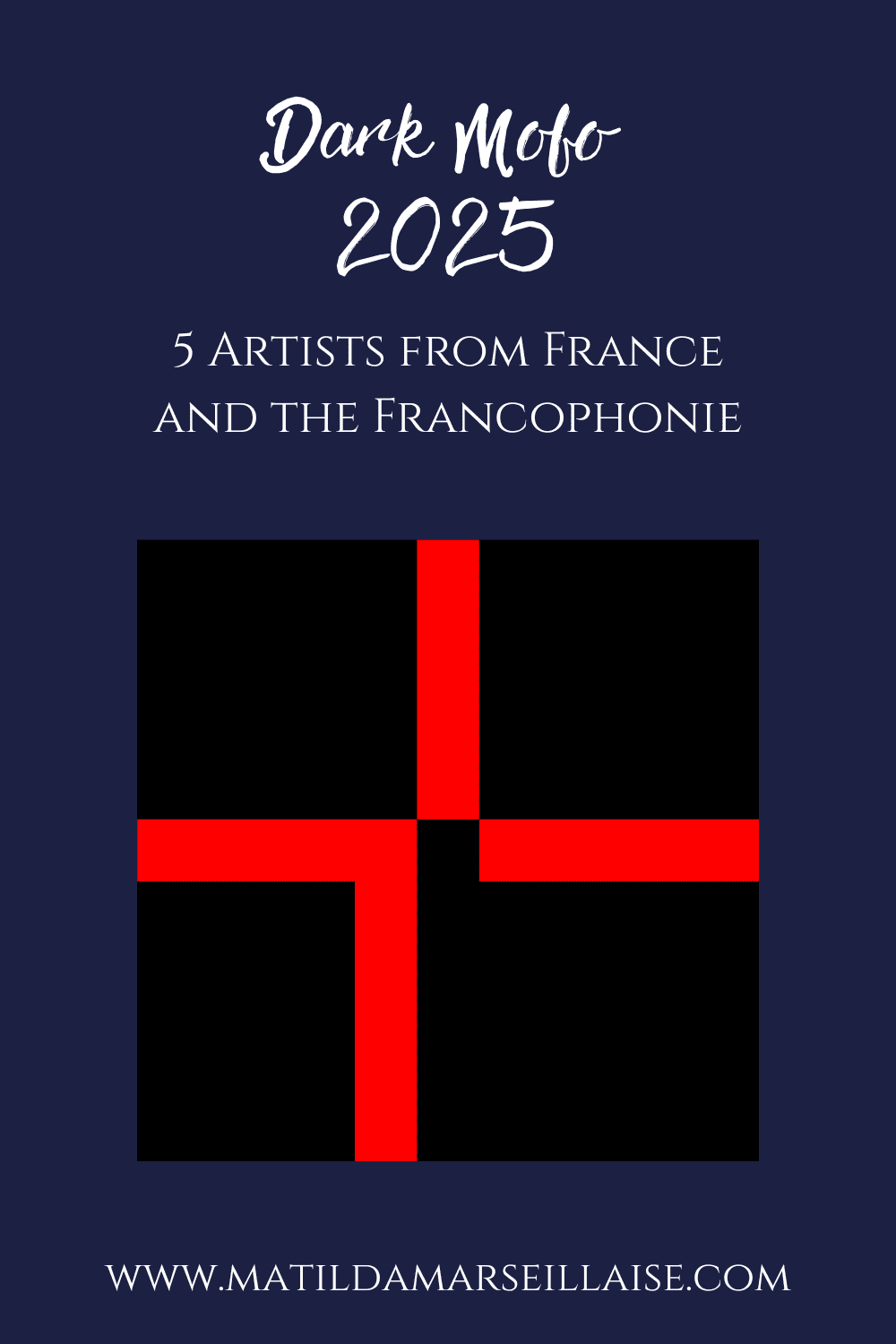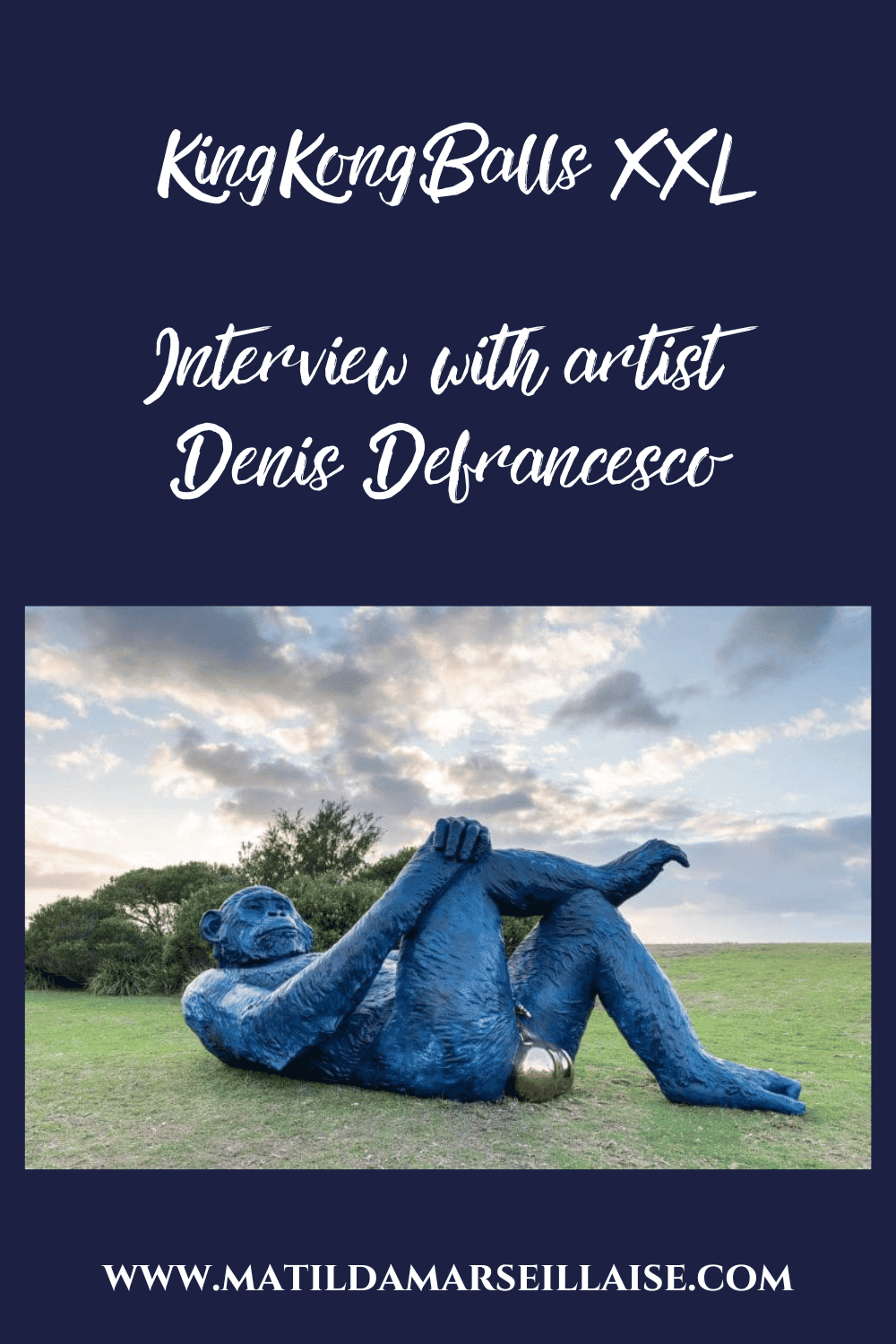Just as Adelaide was preparing to say goodbye to its Colours of Impressionism: Masterpieces from the Musée d’Orsay exhibition, along comes another impressionist art exhibition. This one has a difference though as its subject is John Russell, the little known Australian impressionist who lived and painted in France and was a student along with the likes of Toulouse-Lautrec and Vincent Van Gogh.
I had a chat to Wayne Tunnicliffe, curator of the exhibition at the Art Gallery of New South Wales.
How did an Aussie painter come to be in France I guess is a good starting point?
I think it’s a very good question, I think John Russell wanted to be a painter and in Sydney in the late 1870s to the 1880s, there wasn’t an art school so he took himself to London first, and I think at that stage you know all the most ambitious students were going to France. It was the centre of European culture at that time. And so he immediately took himself there. But what was unique for Russell was that many other students went to the big open art schools, yet he ended up in this small studio with this incredible group of other art students. And I don’t think that was accidental. He would’ve had to have to find out about the studio. I mean he would’ve had to ask around to learn about it to go there.
Is that the Fernand Cormon school?
Yes, the Atélier Cormon, which only had around 35 students, which all of whom were French.

‘The terraces of Monte Cassino’ c1889
oil on canvas
65 x 81 cm
Private collection, courtesy of Nevill Keating Pictures, London, on loan to the National Gallery, London
“John Russell, Australia’s French impressionist” exhibition. On display 21st July – 11 Nov 2018, at the Art Gallery of New South Wales.
Do we know if he spoke French when he went over there, or he just kind of picked it up?
I think so, I think he learned French, he would’ve learned it at school probably. He certainly seemed to have spoken French when he was there. And I think it’s part of an education that would’ve been – I’m sure it improved greatly when he was actually in France.
Yeah that’s one way to force yourself to learn. Immerse yourself in it and sink or swim!
Yeah, exactly, exactly. And you know at the Atélier Cormon, the head student was Toulouse-Lautrec and after you’ve been there a couple of years Vincent Van Gogh turns up.
What amazing names to be surrounded with!
Yeah absolutely, and of course they were all unknown art students at the time. And Van Gogh was difficult, like the fact that Russell saw those talents there but engaged with him because he’s quite an outsider, is pretty remarkable as well. And Vincent did make other friends of course but he was difficult but Russell recognised his talent, let’s say that.
Is it true that he taught impressionism to Matisse?
Yes, it certainly seems to be. Russell moved from Paris to the Island of Belle Ile off Brittany. Matisse came there over three summers and met Russell certainly by the second summer and learnt impressionist colour theory from Russell and certainly saw Russell’s quite post-impressionist art by that stage. Very loose, painterly bright coloured style. Matisse was the painter of sort of grey tonal works, until beginning to explore colour. Loosening up in his practice. And Russell almost certainly introduced Matisse to Van Gogh’s work as well. We know he gave Matisse one of his twelve Van Gogh drawings.

‘Cliff at Clos Marion, Belle-Île’ c1890
oil on canvas
64 x 81 cm
Private collection, Sydney
Photo: AGNSW, Jenni Carter
“John Russell, Australia’s French impressionist” exhibition.
On display 21st July – 11 Nov 2018, at the Art Gallery of New South Wales. This image may not be cropped or overwritten.
And then I also read, so again, not sure of the accuracy, but you’d know better than me. I heard that when his wife passed, he destroyed 400 of his paintings?
Ah, now that is unproven. So I think that it’s a wonderful story to circulate, or communicate now. Certainly after his wife died, he sold the house at value. And of course like anyone moving out I’m sure he cleaned up his studio and would have got rid of some work. On the other hand if you see what’s at the exhibition here so much of quality survived, so I think it was more culling process than a great inferno.
I wasn’t sure about that.
It’s definitely out there. I’ve been asked about it quite a few times because it’s such a dramatic story.
It is! You lose your wife and you destroy everything.
Yes! But certainly when he lost his wife he was devastated and couldn’t live in Belle Ile without her anymore. So that’s absolutely true. But this grand inferno, I can’t find any evidence of it. I caution, caution!

‘Almond tree in blossom’ c1887
oil on gold ground on canvas on plywood
46.2 x 55.1 cm
National Gallery of Victoria, Melbourne. The Joseph Brown Collection. Presented through the NGV Foundation by Dr Joseph Brown AO OBE, Honorary Life Benefactor, 2004 (2004.216)
“John Russell, Australia’s French impressionist” exhibition. On display 21st July – 11 Nov 2018, at the Art Gallery of New South Wales.
Many painters, I think Van Gogh was even one of them that didn’t really have a lot of success during his lifetime. Did John Russell actually have success during his lifetime?
He was well regarded by his friends. He did exhibit in the 1900s but he didn’t need to because he was wealthy. So he never really pursued sales and I don’t think that’s really why he painted. And amongst this remarkable group of artists, his peers, he does seem to have sold some work during his lifetime but it was never a major motivation for his practice.
So he wouldn’t have been subjected to the same kind of criticisms that the others had where they were putting forward their works to the Salon in Paris and the Salon was saying “That’s just ridiculous, the way you’re using colour, how could you do that, that’s not proper“?
He did in the early 1900s. He did show occasionally earlier but then from 1902 onwards he is submitting his work, occasionally rejected, mostly accepted. But he’s showing the more avant garde art salon, the Salon d’Automne, the Salon des Indépendants and the Société internationale d’aquarellistes -rather than going to the conservative academy Salons.
Why is he so relatively unknown both as an Australian artist and as an impressionist – when we think of impressionists we always think of the French and his name doesn’t really come up.
No, most international artists in France and during that period, are not remembered. Understandably the French embrace the French. Americans have quite a presence, a handful of those known and otherwise, most international artists there have been forgotten in France except of course for borrowed works from the Musée D’Orsay for the exhibition.
So Russell sits outside that French narrative and he sits outside the Australian narrative (he didn’t bring works back to Australia, he wasn’t here [Australia] and he wasn’t painting Australian subjects so he sat outside that. He has been in our museum since the 1960’s and he’s known by curators and art lovers but doesn’t have a broader public so we’re hoping this exhibition will encourage people to see his work with open eyes.

‘Mrs Russell among the flowers in the garden of Goulphar, Belle-Île’ 1907
oil on canvas
79 x 100 cm
Musée d’Orsay, Paris, held by the Musée de Morlaix, bequest of Mme Jouve 1948
“John Russell, Australia’s French impressionist” exhibition.
On display 21st July – 11 Nov 2018, at the Art Gallery of New South Wales.
How did he get discovered in Australia then? Was it one of his children…?
It’s an interesting question actually. It was really through his cousin Thea Procter, who advocated for his art and he became known in the late 1930’s through his connection with other artists. So his connection with Van Gogh became known, and then slowly after that there was a trickle of his works coming from his family from France back to Australia and then there was a solo exhibition of his work in London in 1965 and that’s when things really shifted.
So when he moved back to Australia his family didn’t move back with him then? Because he died in Sydney I think?
He did die in Sydney in 1930, most of his children stayed in Europe. He had 1 son in New Zealand and his second wife came back to Australia with him. But he doesn’t seem to have brought any of his French works back to Australia but they stayed in his studio in Paris.
Hence why his art ended up in the Museums over there.
Yes.

When you look up Australian impressionists you obviously find John Russell, but there are a few other names that come up. Tom Roberts, Arthur…
Arthur Street and Charles Condo. Interestingly Russell and Roberts were good friends through the 1880’s and they met in London, Russell was at the Slade school and Tom Roberts was at the Royal Academy School. They went on a painting trip through Spain together and when Roberts came back to Australia in 1885, Russell wrote to him for the next several years describing what he was seeing and learning about in Paris. So just as Tom Roberts was developing impressionism in Australia, he keeps hearing about French impressionism from Russell.
You mentioned letters, there seem to be a lot of letters being referred to because I think he also had a long-standing correspondence with Rodin as well.
Yes, so there’s over 60 letters that survived between them and Rodin did visit Russell on Belle Ile and certainly, the Russells seemed to have dined and lunched and caught up with Rodin in Paris often when they were in Paris.
Are the letters included in the exhibition?
Ah they’re included in the book. So we’ve published the surviving Van Gogh letters, all the letters from Russell to Roberts, the Roberts letters back to Russell don’t survive unfortunately and we’ve published a selection of the Rodin correspondence.

‘Rough sea, Morestil’ c1900
oil on canvas on hardboard
66 x 81.8 cm
Art Gallery of New South Wales, Sydney, purchased 1968
Photo: AGNSW, Jenni Carter
“John Russell, Australia’s French impressionist” exhibition.
On display 21st July – 11 Nov 2018, at the Art Gallery of New South Wales.
And that’s all in the book?
In the exhibition catalogue, yes.
What’s your favourite piece in the exhibition?
Oh I’ve got many, many favourites, but it’s such a pleasure seeing Russell’s portrait of Van Gogh hanging next to a self-portrait by Van Gogh painted in the same year. And you can see the proximity in their practices, using a very similar colour range, so there’s a real closeness at that point when they’re both painting in a relatively conservative style and by the next year both of them got into colour and both of them are going off in their own direction. So there’s a moment of connection and then they find their own voices soon after.

How long has the exhibition been in the planning?
About 2 and a half years.
Is that a normal time for planning of a major international exhibition?
Yeah absolutely it’s a normal time it’s just obviously getting the works by Rodin and Van Gogh is where it took a little bit longer. And we also did a lot of research around the exhibition to prove – to disprove the stories and –
Like the ones I’ve put to you!
Yes exactly- That great sort of testing phase.
What would say are the major challenges in putting together an exhibition like this where the works are coming from all over the world?
I think there’s a lot logistical complexity, there’s 99 loan works in the show and around 16 from our collection. All the rest are borrowed from around Australia and internationally. So a lot of logistic complexity. It’s expensive to bring works internationally. The other complication is the works in this period are often very fragile and the colours are not stable in some of them as well because they’re using new chemical paints which have been manufactured and some of those over 130-140 years are not terribly strong.

So they fade?
Yeah the Russell portrait of Van Gogh has an inscription in red across the top which inscribes it to Van Gogh in friendship, in amitié and that’s now invisible to the naked eye. You need to get a torch out and look really closely or x-ray it but that red has completely disappeared to the naked eye. We also know that Van Gogh used a brighter blue apparently and that’s also now quite dark toned. Also there’s a particular type of yellow that all the impressionists were using which over time doesn’t hold so it starts to crumble and that’s present in Russell’s works, as well as those of Monet and many of his contemporaries. So I think some of these works will probably never travel to Australia again, I think that’s a reality.
You also had the exhibition earlier in the year with the tapestries that had only left France for the third time I think it was since they were found essentially.
Yeah they were so fabulous! Yeah they were just incredible. I mean I’ve looked at those before and many times in the museum in Paris so to actually see them here was a revelation. Oh my God! Unicorns in the Gallery! Now we’ve got impressionists!

‘In the morning, Alpes Maritimes from Antibes’ 1890-91
oil on canvas
60.3 x 73.2 cm
National Gallery of Australia, Canberra, purchased 1965
“John Russell, Australia’s French impressionist” exhibition.
On display 21st July – 11 Nov 2018, at the Art Gallery of New South Wales.
Is there anything else you’d like to add about the exhibition?
No I think that was fantastic. I think the friendships are remarkable and so is Russell’s practice. Russell’s own paintings are remarkable as well; he’s a very bold colourist and developed his own distinctive technique and style and his finest works are truly remarkable.
—-
John Russell: Australia’s French Impressionist is on at the Art Gallery of New South Wales from now until 11 November.
Tickets are available both at the gallery directly and also online: https://ticketing.artgallery.nsw.gov.au/EventSeatBlockPrices.aspx
$20 adult
$18 concession
$16 member
$48 family (2 adults + up to 3 children)
$8 child (5-17 years)
Free for children under 5
As well as seeing the exhibition, there is also a programme of events including art talks and your own hands on painting experience. All related events can be found here: https://www.artgallery.nsw.gov.au/exhibitions/john-russell/related-events/




